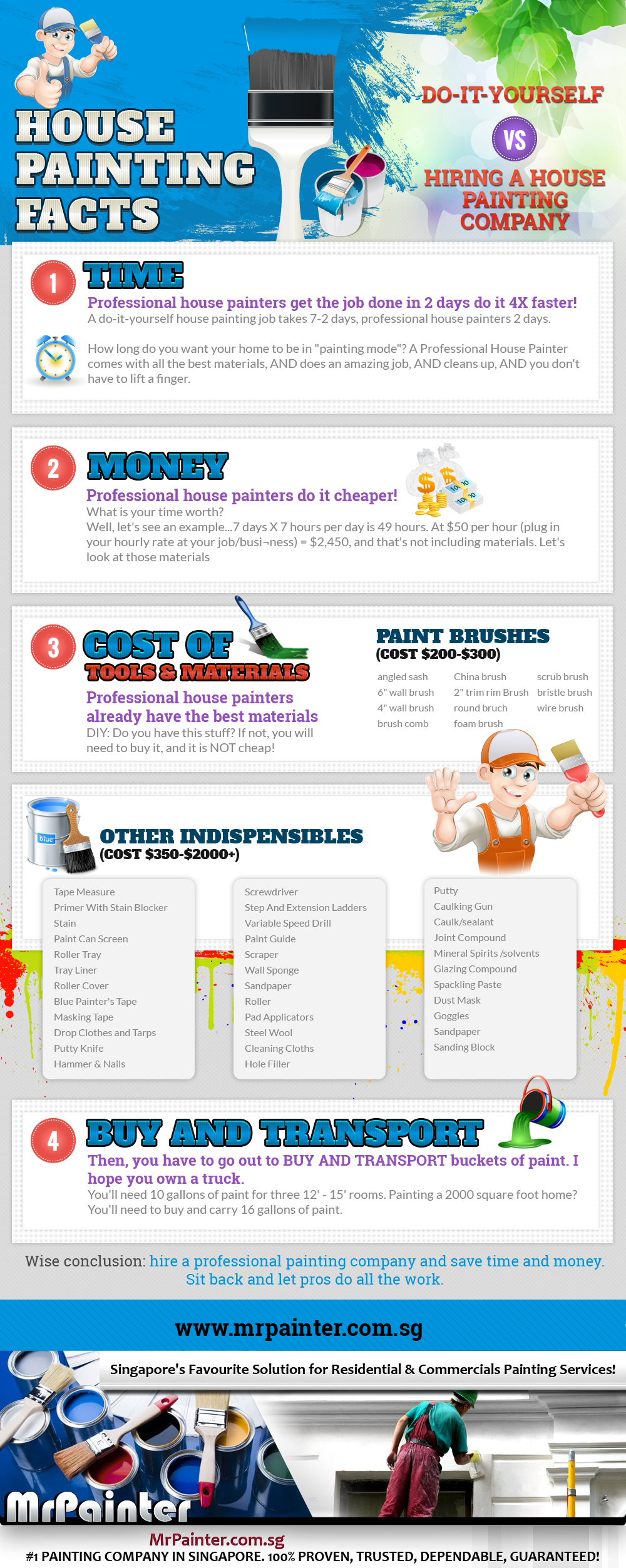Explore The Effect Of Seasonal Elements On The Performance Of Industrial External Painting And Identify The Optimum Times To Attain Long-Lasting Outcomes For Your Task
Explore The Effect Of Seasonal Elements On The Performance Of Industrial External Painting And Identify The Optimum Times To Attain Long-Lasting Outcomes For Your Task
Blog Article
Author-Korsholm Rosendal
When you're preparing an industrial exterior painting project, seasonal elements can make or break your outcomes. You'll wish to take into consideration just how temperature level and moisture effect paint application and drying out times. Choosing https://patch.com/washington/seattle/washington-homeowners-exterior-house-painting-tips-0 can guarantee your paint sticks effectively and lasts longer. But which seasons are really the most effective for this type of job? Let's explore the crucial elements that can affect your task's success.
The Impact of Temperature on Paint Application
When you're preparing an industrial exterior painting job, the temperature level can dramatically affect just how well the paint adheres and dries out.
Ideally, painting ceiling same color as walls want to repaint when temperature levels range between 50 ° F and 85 ° F. If it's as well cold, the paint may not heal properly, leading to issues like peeling off or fracturing.
On the flip side, if it's as well warm, the paint can dry out too promptly, stopping correct adhesion and resulting in an unequal surface.
You should likewise consider the time of day; early morning or late afternoon offers cooler temperature levels, which can be much more beneficial.
Constantly inspect the manufacturer's referrals for the specific paint you're making use of, as they frequently provide advice on the optimal temperature variety for ideal outcomes.
Moisture and Its Impact on Drying Times
Temperature level isn't the only environmental factor that influences your industrial exterior paint job; moisture plays a considerable role as well. High humidity levels can slow down drying out times substantially, impacting the total top quality of your paint task.
When the air is saturated with dampness, the paint takes longer to heal, which can bring about concerns like inadequate attachment and a higher danger of mildew growth. If you're painting on a specifically humid day, be planned for extensive delay times between coats.
It's crucial to check regional climate condition and plan as necessary. Ideally, aim for humidity levels in between 40% and 70% for optimal drying out.
Maintaining these factors in mind guarantees your project stays on track and delivers an enduring coating.
Best Seasons for Commercial Exterior Paint Projects
What's the most effective time of year for your business exterior painting tasks?
Spring and very early loss are typically your best options. During these periods, temperatures are moderate, and moisture degrees are typically reduced, creating perfect conditions for paint application and drying.
Prevent summertime's intense heat, which can trigger paint to completely dry too promptly, leading to bad adhesion and finish. In source website , wintertime's chilly temperature levels can prevent correct drying out and healing, running the risk of the longevity of your paint work.
Aim for days with temperature levels between 50 ° F and 85 ° F for ideal results. Keep in mind to check the neighborhood weather report for rain, as damp conditions can ruin your task.
Preparation around these elements ensures your painting project runs smoothly and lasts longer.
Final thought
To conclude, intending your commercial external paint jobs around seasonal considerations can make a considerable difference in the outcome. By organizing work throughout the excellent temperature levels and humidity degrees, you'll ensure far better bond and drying times. Bear in mind to watch on local weather prediction and pick the correct time of year-- spring and very early loss are your best choices. Taking these steps will assist you accomplish a sturdy and specialist finish that lasts.
